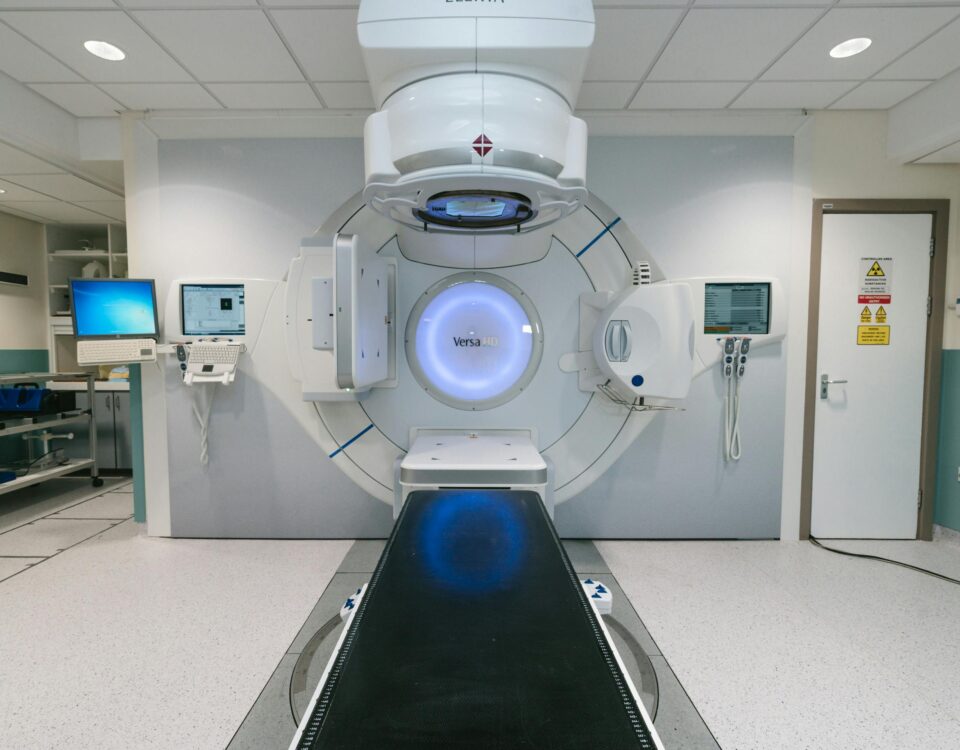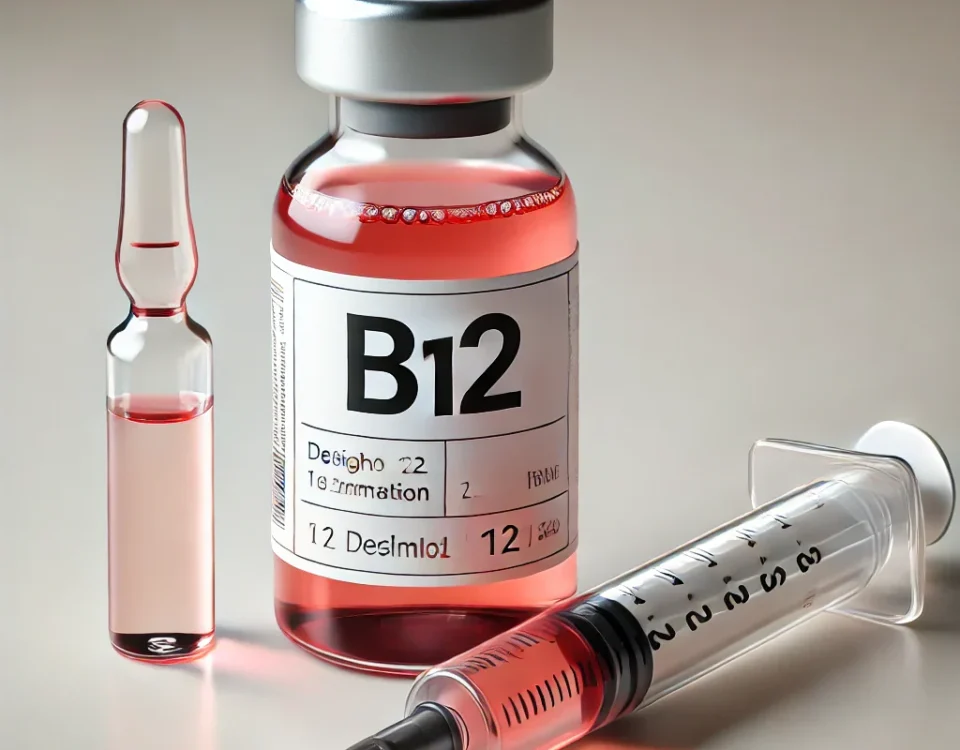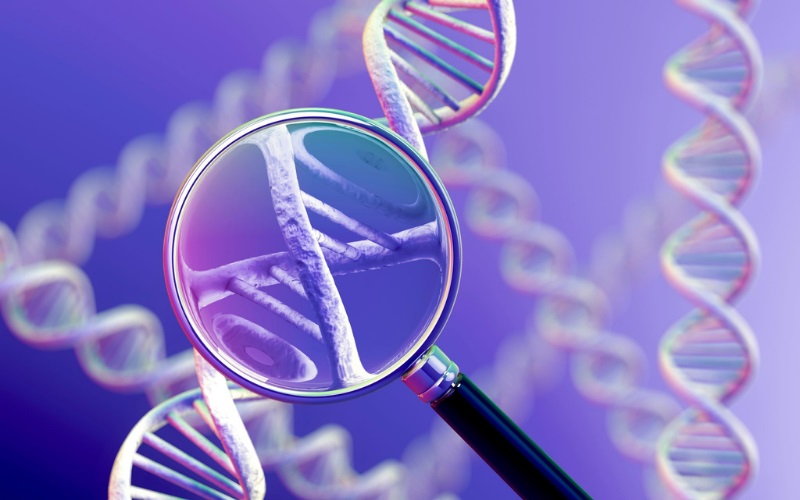
The Benefits of Reading Labels for Those with Food Allergies
October 6, 2025Auto accidents can lead to a wide range of musculoskeletal conditions caused by the sudden force of impact. The onset and severity of symptoms may vary and may appear immediately or several days later. Recognizing these symptoms early can inform the appropriate steps for care.
What Conditions do Auto Accidents Cause?
The forces of an auto accident can result in a range of musculoskeletal conditions. Whiplash is one of the most prevalent injuries, especially in rear-end impacts. It involves straining the surrounding ligaments, muscles, and tendons of the neck. Many individuals also report strains and sprains in the back or knees. Sprains involve stretching or tearing of ligaments, while strains affect muscles or tendons. Lower back pain is frequently associated with collisions, resulting from the transmission of force to the spine and surrounding tissues.
Shoulder pain may occur due to restraint from seatbelts or direct impact within the vehicle. Dashboard collisions can cause knee injuries, with symptoms ranging from soreness to instability. Musculoskeletal injuries after auto incidents can span a wide spectrum, making attentive monitoring necessary during recovery.
What Are the Symptoms?
Symptoms after an auto accident do not always appear instantly and may develop gradually, sometimes delayed by several hours or days. Whiplash typically presents as neck pain and stiffness that may originate near the base of the skull, along with limited movement. Muscle or ligament injuries frequently cause localized pain, swelling, tenderness, and decreased flexibility or mobility in the affected region.
Back pain might present as a persistent ache or sharp twinges. Shoulder injuries can result in difficulty lifting the arm, weakness, or joint pain. Injured knees may exhibit swelling, pain with weight-bearing, or sensations of instability. Some individuals may also experience numbness or tingling if nerves are involved.
How Are They Treated?
Management of musculoskeletal injuries following an auto accident typically involves non-invasive measures, tailored to the specific injury and symptom profile. Resting the injured area while engaging in gentle, safe activity is often recommended to prevent stiffness and promote healing. Over-the-counter pain relief medications are frequently used in line with package directions for temporary symptom control.
Physical therapy plays a key role in the rehabilitation of soft tissue injuries. A licensed physical therapist can guide individuals through targeted exercises that aim to restore range of motion, promote strength, and enhance flexibility. Adherence to therapeutic recommendations and gradual resumption of daily activities, as tolerated, supports optimal healing. Many sprains, strains, and whiplash injuries may be effectively treated with non-surgical measures. Persistent or worsening pain, new neurological symptoms, or unsuccessful recovery through conservative steps may call for further medical evaluation to rule out more significant underlying injuries.
Seek Professional Pain Management
If discomfort or functional problems persist despite initial treatment after an automobile accident, a pain management specialist can offer further assessment and individualized therapeutic options. Keep note of symptoms, timing, prior interventions, and quality-of-life impacts. Sharing these observations may help clinicians develop a focused treatment plan and coordinate ongoing recovery. Engaging with a multidisciplinary care team supports a safe return to daily activities and can make a meaningful difference in long-term outcomes.





